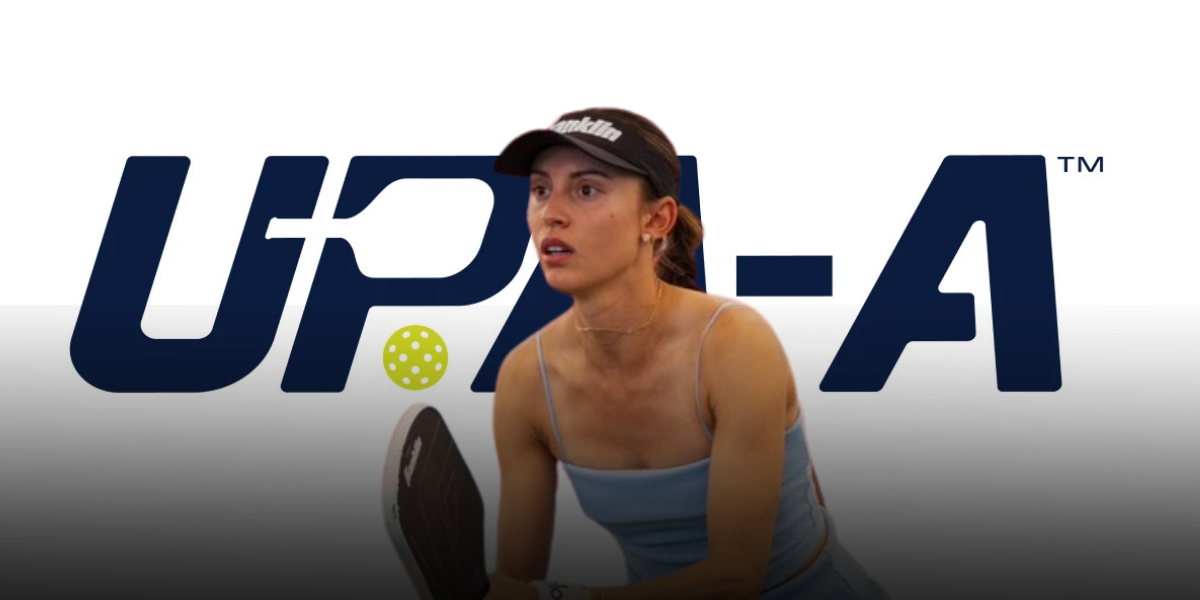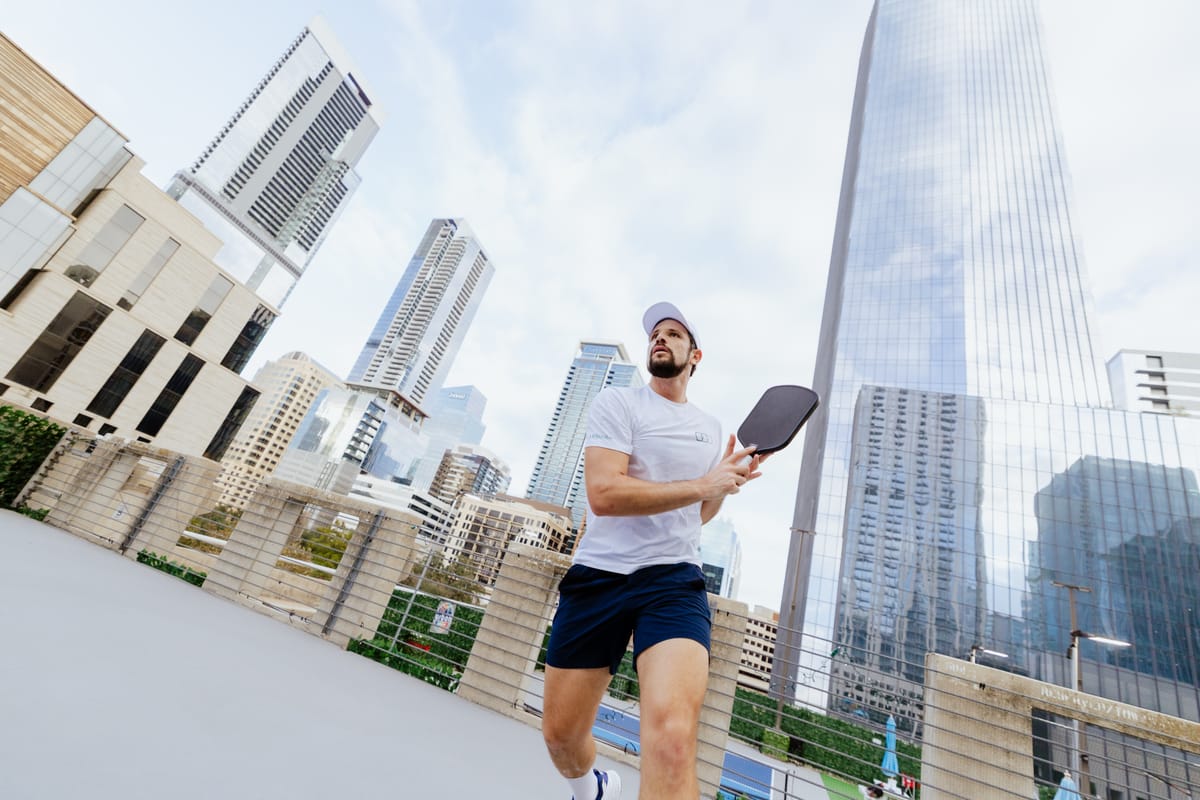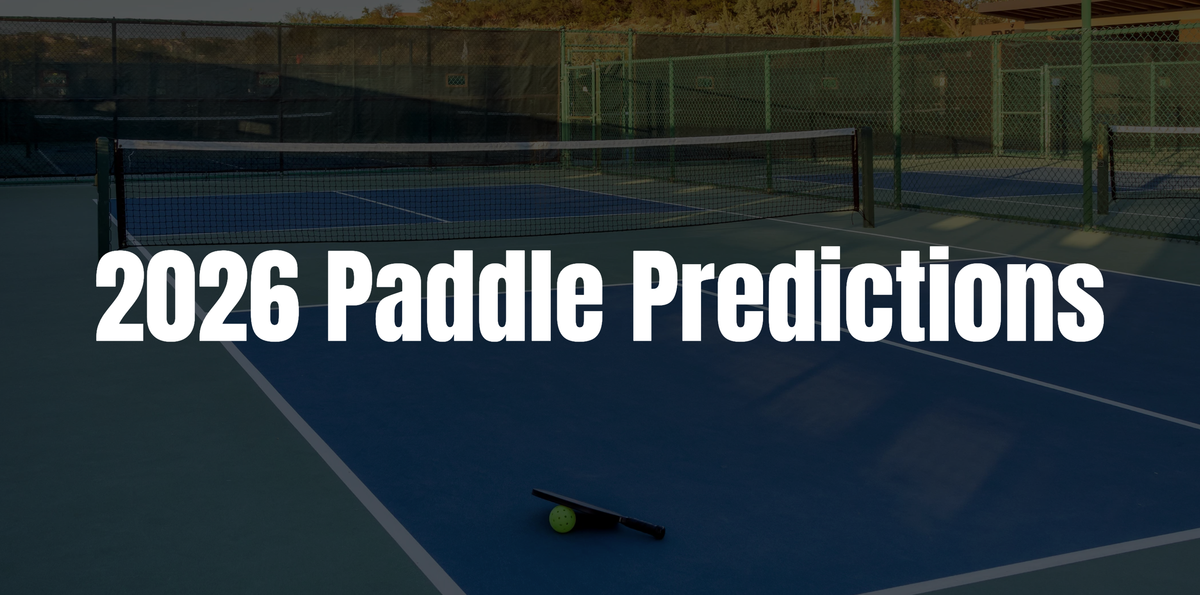 Quang Duong PPA 2024 (Picture Kerry Pittenger)
Quang Duong PPA 2024 (Picture Kerry Pittenger)Hey everyone, it’s Kyle Koszuta from ThatPickleballGuy. You know when you first played pickleball, you were so pumped about it. You were out there having fun, but suddenly all this terminology was being thrown around, and you had no idea what people were saying. But it was so fun, you didn’t even care. Then you left, thinking, “What was that thing they called it? The ATC? What was that thing?” You don’t even know, right?
Today, I’m going to cover the seven shots that every pickleball beginner must know. If you want to be in the conversation with people, start to speak the lingo, and understand the different shots in pickleball, these are the seven shots you need to know. I’m also going to give you one tip to improve these seven shots. Are you ready? Let’s go!
Shot 1 – The Serve
Shot number one is called the serve. The serve has to go across the court. If I hit the serve down the same side, that does not count. If it either hits the opposite kitchen line or lands inside the opposite kitchen line, that would not count. The serve must land beyond the opposite kitchen line on the opposite side.



The first thing about singles in serve is, of course, to get it in, and then to try to hit it deep in the court. One of the worst things you can do is hit a serve short, into the net, or long. The main reason is that you’re not giving yourself a chance to even win the point. It’s a giveaway, and we’re not doing a giveaway contest in this article.
Shot 2 – The Return
The second shot is the return. On the return, there are a couple of things to think about. Number one, the deeper you hit the return, the better. Part of the reason is you want your opponents to have a more difficult third shot. The first shot is the serve, the second shot is the return, and their third shot is what you want to create some difficulty with. The farther you hit it back, the more difficulty it creates because they’re farther from the net, and there’s a higher probability of error. The most important thing is to get the return in, and then hit it deep. After getting your return in, get to the kitchen line quickly to be ready for the next point.
Shot 3 – The Drive
The third shot in pickleball is called a drive. Essentially, a drive is just hitting the ball hard. The tip for a better drive, especially if you play tennis, is to stay low because the pickleball doesn’t bounce as high. In tennis, you can rise up to hit it, but in pickleball, you need to stay low to generate Top Spin and prevent the ball from soaring out. Turn your body, close your stance a bit, and swing through the ball while staying low.
Shot 4 – The Drop Shot
The fourth shot is the drop shot, often referred to as the third shot drop. The drop shot aims to land the ball right into the kitchen area. Beginners should use a cornhole toss method rather than a big swing. This method involves pushing the ball with less wrist action, similar to tossing a cornhole bag.
Shot 5 – The Dink
The fifth shot is called a dink. At higher levels, you see more dinking. Dinking slows the game down and helps you win more games by making fewer mistakes. The method for dinking is similar to the cornhole method, with a shovel motion for the forehand and staying strong at the kitchen line.
Shot 6 – ATP (Around The Post)
The sixth shot is called an ATP, which stands for around the post. This shot involves hitting the ball around the post, usually during a cross-court dink. Beginners don’t get into dink games often, so this is a next-level move. It’s a cool shot to know because eventually, you’ll get your first ATP and it will be an exciting moment.

Shot 7 – The Ernie
The seventh shot is called the Ernie, named after a man named Ernie. It’s also a next-level shot. The trigger to go Ernie is when your opponent is off balance and has their head down. This allows you to jump the kitchen line and take the shot down the line. It’s a satisfying move when done correctly.

Bonus – The Lob
As a bonus, let’s talk about the lob. This shot is very common at public courts and often frustrates players. The lob involves hitting the ball over your opponent’s head, usually from the kitchen area. This puts your opponent off balance and gives you an advantage. To execute a successful lob, look for opportunities when your opponent is leaning in, expecting a dink or a speed-up shot.
Quick Recap & Challenge
To recap, we have the serve, return, drive, drop shot, dink, ATP, Ernie, and lob. These are the seven, actually eight, shots that every beginner pickleball player should know. Understanding these shots will help you improve faster and have better conversations on the court. My challenge for you is to choose one or two of these shots and the tips I gave for each. Practice them next time you play, and you’ll see drastic improvement quickly.
If you enjoyed this article, make sure to check out my YouTube channel. Comment below and share your first ATP experience or the date you plan to hit your first ATP. Happy playing!
Anuncie Aqui / Advertise Here
Sua marca para o mundo Pickleball! / Your brand for the Pickleball world!

 English
English  Spanish
Spanish  Portuguese
Portuguese  German
German  Italian
Italian  Japanese
Japanese  French
French  Polish
Polish  Russian
Russian  Netherlands
Netherlands  Hungarian
Hungarian  Turkish
Turkish  Videos
Videos  Pickleball Portal
Pickleball Portal








 English (US) ·
English (US) ·  Portuguese (BR) ·
Portuguese (BR) ·